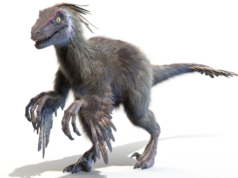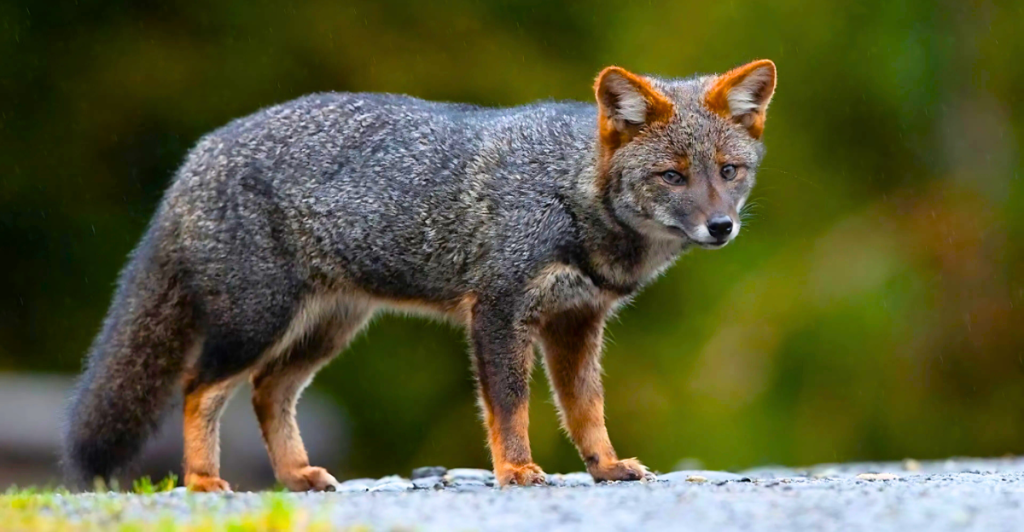
Darwin discovered a rare fox on Chiloé Island during his quest for discovery, which ultimately contributed to his thinking about evolution. Darwin’s Fox (Lycalopex fulvipes) is native to Chile and primarily found in the rainforests. The critically endangered species was first studied by Darwin in 1834 during his voyage on the HMS Beagle and is largely believed to have contributed to his theory of evolution.
Darwin’s Voyage on the HMS Beagle
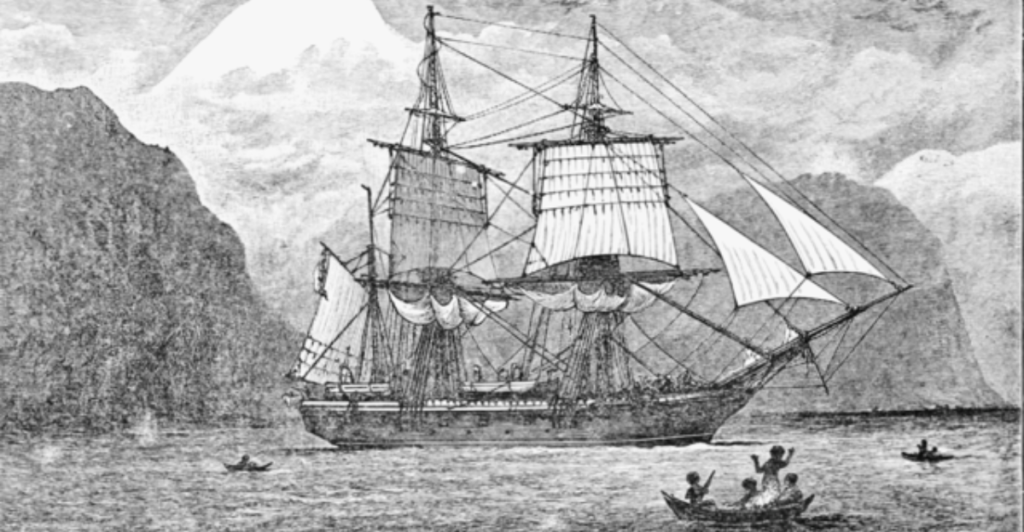
Charles Darwin was onboard the British naval vessel HMS Beagle from 1831 to 1836, accompanying the ship’s Captain, Robert FitzRoy, who believed the geologist would be helpful during the voyage to South America and around the world. The purpose of the journey was to survey the coastline and chart South American harbors. Darwin’s core purpose was to document observations on animals, plants, and geology. By the end of the trip, he had collected over 1,500 specimens, many of which were completely unknown to Europeans.
Discovery of the Rare Fox on Chiloé Island
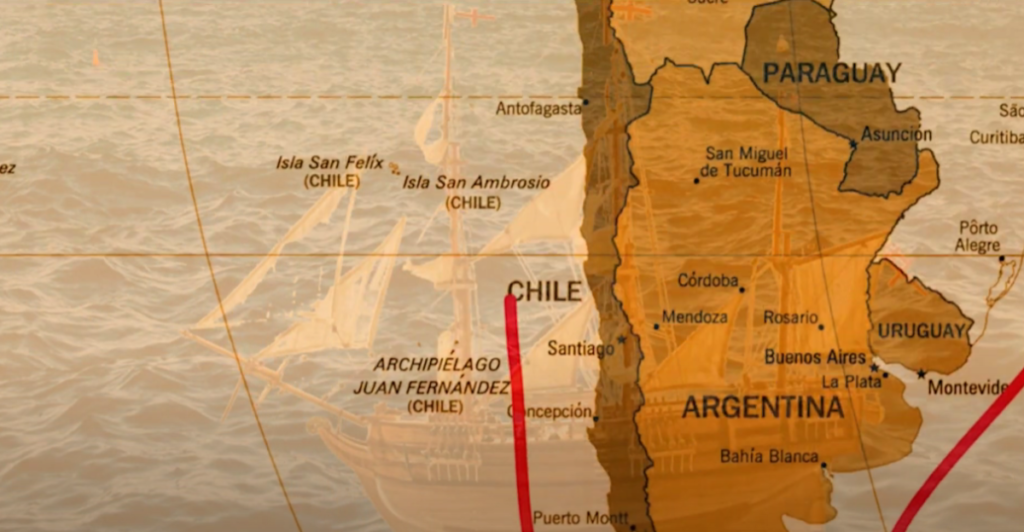
When the HMS Beagle arrived in Chile, Darwin discovered a small gray fox on one of the islands. Rumors suggested that the island foxes differed from their mainland counterparts – naturally catching Darwin’s attention. To learn more about the animal, Darwin collected the fox to study it, creating a scientific record that confirmed its status as a distinct species and to better understand evolution.
Unique Characteristics of Darwin’s Fox
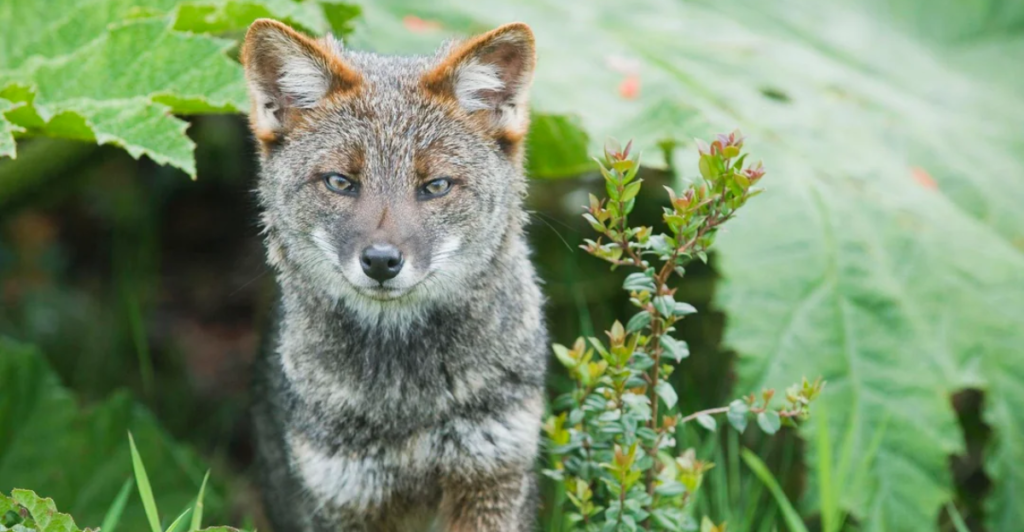
Darwin’s Fox is 6.6 to 11 pounds heavy and measures up to roughly 35 inches long, including its bushy tail. Its thick, coarse fur provides insulation against cold, rainy weather, and its dark gray fur, with reddish-brown markings, allows the fox sufficient camouflage in its environment. The fox has a unique black stripe running down its back and tail that separates it from other fox species.
Habitat and Distribution: Then and Now
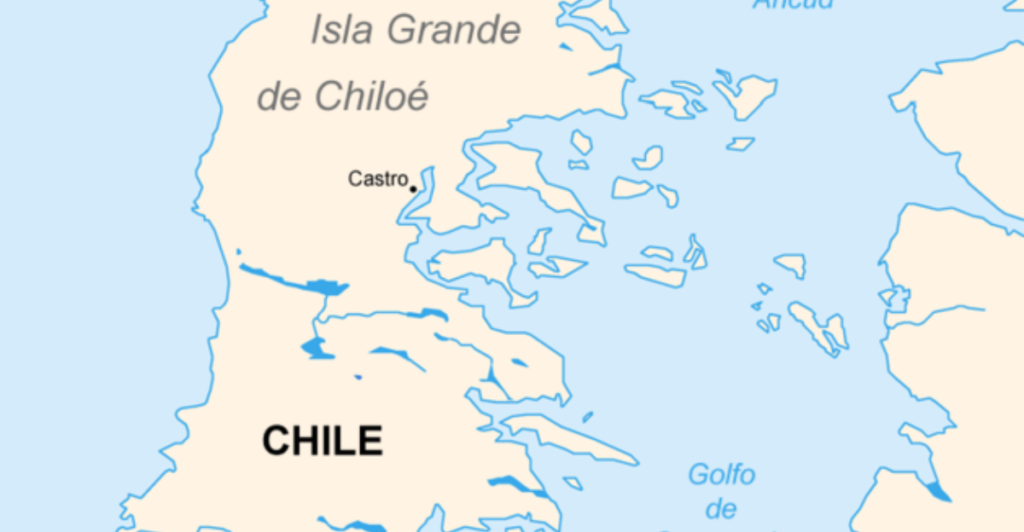
Darwin’s foxes live in southern temperate rainforests and tend to avoid areas populated by humans. Darwin’s studies suggested that the foxes were natural inhabitants of the mainland before the Chiloe Island split from the mainland in the late Pleistocene period. Since then, the fox was once thought to inhabit only Chiloe Island, but a population was found in Nahuelbuta National Park on the mainland, some 600 kilometers north of the Island, in the 1970s.
Darwin’s Initial Observations and Notes

When Darwin first collected the gray fox, he wrote, “he was so intently absorbed in watching the work of the officers, that I was able, by quietly walking up behind, to knock him on the head with my geological hammer.” In his 1839 publication, Journal and Remarks, he described the fox as distinct from other species (L. culpaeus and L. griseus) on the mainland.
The Fox’s Role in Darwin’s Thinking Process
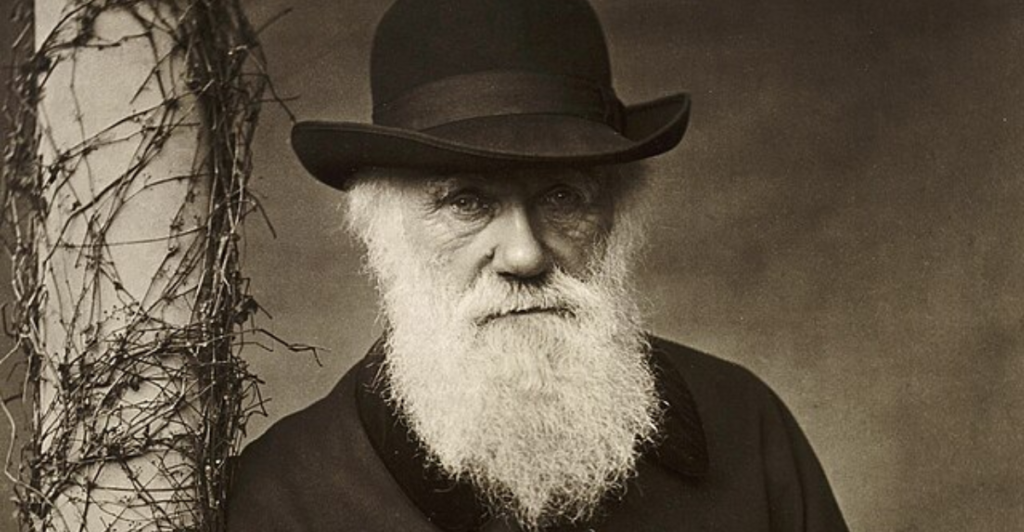
The Darwin Fox is said to have contributed to Darwin’s views on evolution before his study of finches on the Galapagos Islands. The discovery of the fox and its unique adaptations to their environments influenced Darwin’s thoughts on natural selection. His notes from this time indicate that Darwin was considering how isolation and different environments can lead to a deviation in species.
Darwin’s Fox vs Mainland Foxes
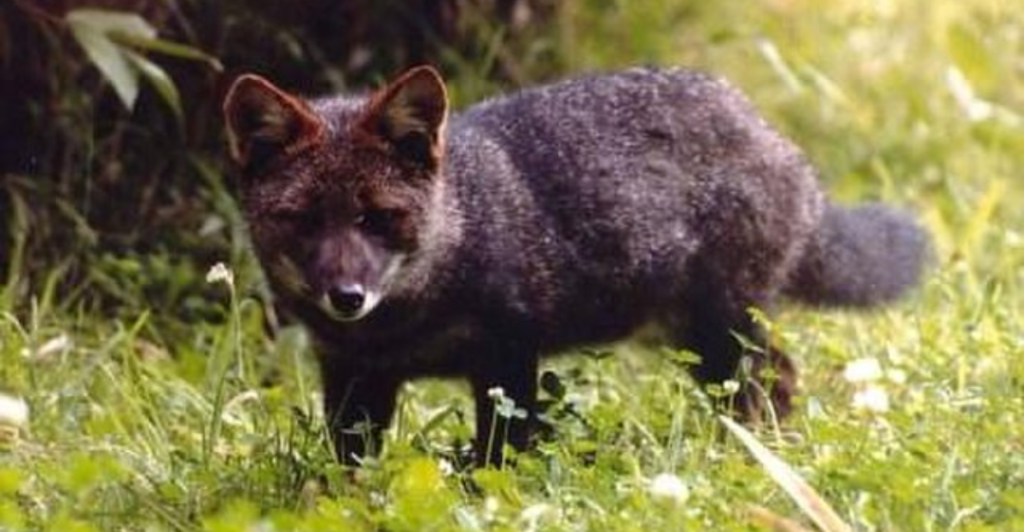
In a study published by Yahnke et al., in 1996, Darwin’s Foxes differ from mainland foxes in that they are darker in color and smaller in size, with shorter legs. Their heads are different as the Darwin Fox has a broader, shorter skull and smaller ears. Their mouths differ, with more robust teeth, a different jaw shape, and hidden premolars.
Island Biogeography and Its Influence on Darwin’s Ideas
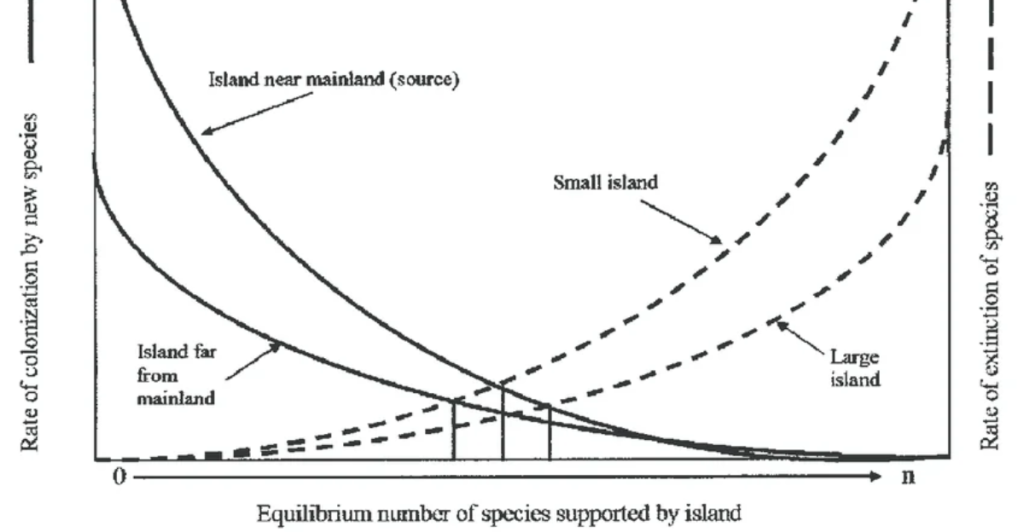
Island biogeography is the study of factors, such as isolation and size, that affect native species and diversification. In recognizing that the island foxes differed from the ones on the mainland, he laid the foundation for the principles involved in Island biogeography, which was developed in the 1960s by Robert H. MacArthur and Edward O. Wilson.
From Fox to Finches
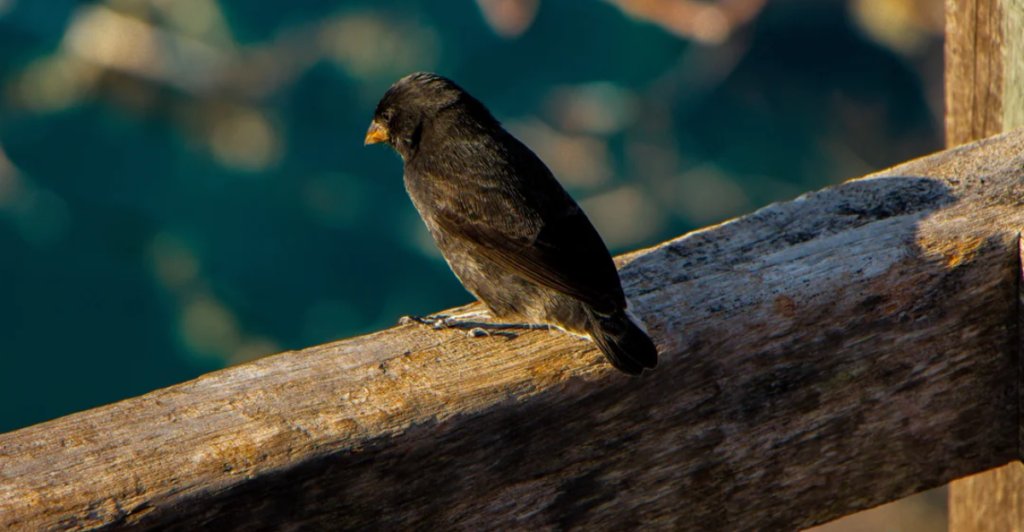
It has long been understood that Darwin used his study of Galapagos finches to develop his theory of evolution. However, Darwin’s observations on the finches were an expansion of his earlier thoughts on the Chiloé Island foxes. With the foxes in mind, Darwin studied nine of the 13 species of finches inhabiting the Galápagos Islands and studied their obvious differences.
The Development of Natural Selection Theory
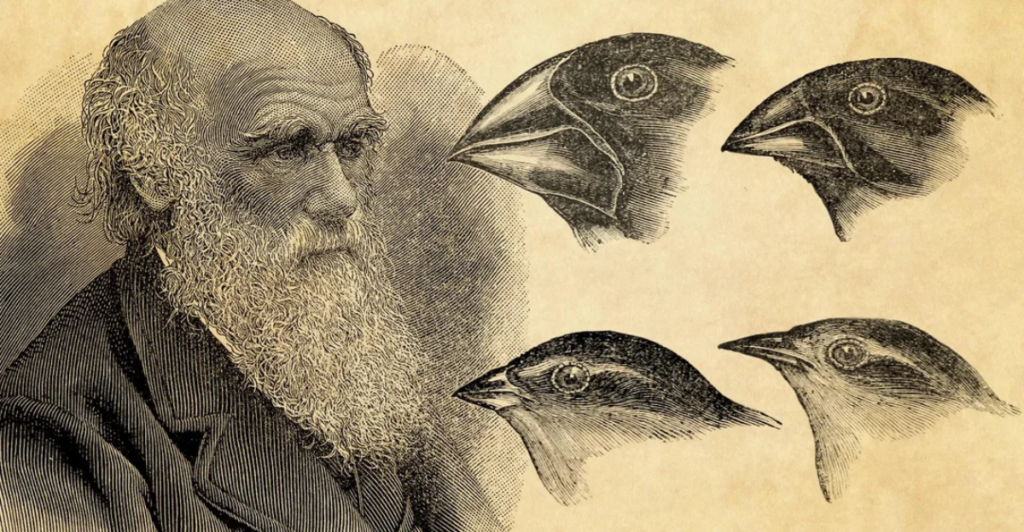
From his studies of the Galapagos finches, Darwin came to understand that differences in beak size and shape were likely a result of diet, which provided evidence of gradual evolution. The evolution, or changes in finches, led to his theory on natural selection. Darwin defined natural selection as the “principle by which each slight variation [of a trait], if useful, is preserved.” This preservation of varied traits would then lead to the formation of new species.
Modern Studies and Conservation Efforts

Because this species is so elusive and known for staying far away from humans, it has been hard to study. However, scientists are studying the species’ reproduction habits using camera trap surveys. Their studies revealed that populations on Chile’s mainland were preyed on by dogs, and efforts to protect them are being made. With fewer than 1,000 individuals, conservation strategies include habitat protection and restoration, controlling dogs on the mainland, and research and monitoring efforts.
Legacy of a Rare Encounter
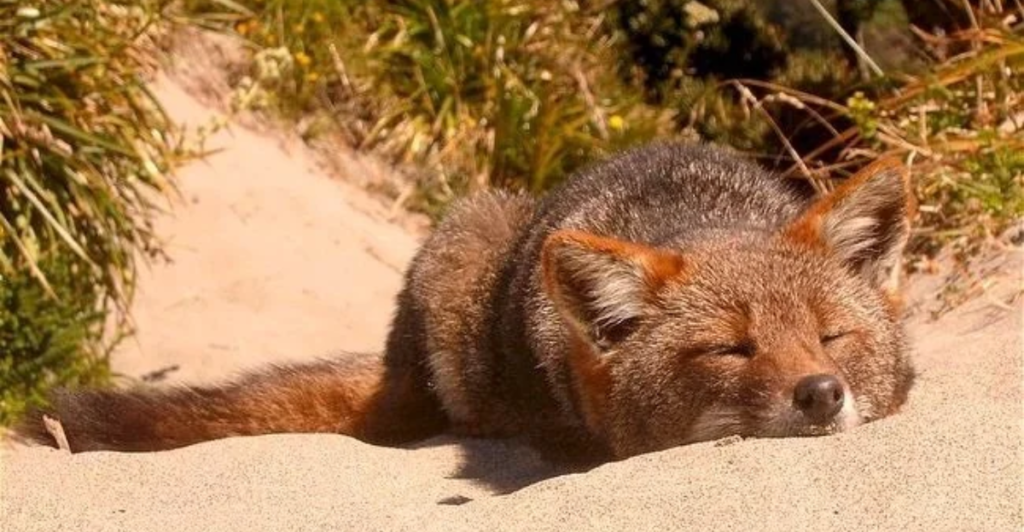
This rare and historically important species offers a glimpse into evolution that even Charles Darwin did not fully explore. Protecting and studying them is more important than ever as they can answer some long-awaited questions about how isolated species can survive and what that survival means for future generations.
Discover more of our trending stories and follow us to keep them appearing in your feed

Scientists Are Bringing Back The Wooly Mammoth
Geologists Uncover Massive $84 Billion Gold Discovery That Could Disrupt Wildlife Habitats
California Is Breaking Apart: A Fault Line Is Forming Faster Than Anyone Predicted
Philanthropist Promises To Cover $771.23M Annually After US Exit From Climate Accords
References:
Reference 1
Reference 2
Reference 3
This article first appeared here
Stay connected with us for more stories like this! Follow us to get the latest updates or hit the Follow button at the top of this article, and let us know what you think by leaving your feedback below. We’d love to hear from you!



